Assisted Care Investments-The NEED is growing
8 Predictions about the Future of Assisted Living-Finally for the Investor we have a management Team in place so that the Passive Investor can own this Asset Class of Property
The U.S. economy — and the healthcare industry — have seen more than their fair share of ups and downs over the past decade. The Great Recession has only been the most recent upheaval to affect the way Americans plan for their retirements and their aging parents’ senior care. Along with all the economic shifts, there have been big changes in medicine, technology and how we view healthy aging.
It’s no surprise that senior and assisted living options are also changing in response to socioeconomic conditions. Both consumers and providers have had to tighten their budgets and get creative, looking outside the box for senior housing possibilities.
The rising cost of assisted living means that some families are looking at aging in place, home care and multi-generational housing instead of more expensive care options. Those who do opt for assisted living will find a wide range of offerings in new, booming areas like eco-friendly housing and so-called “smart homes,” as well as expanded amenities at more traditional assisted living communities.
What overall trends can we expect to see in housing for senior Americans? Check out our eight predictions for the near future of senior care:
1. The Decline of the Nursing Home Model of Care
We’ve been seeing it for some time — a move away from the concept of senior housing as synonymous with nursing homes, and a move toward other senior housing options, whether it’s independent living, home care or memory care. It’s not a trend that’s likely to change anytime soon. According to Senior Housing News, factors such as the high cost of skilled nursing and recent cuts to Medicare and Medicaid programs will only accelerate the shift.
Dwayne Clark, CEO and Founder of Aegis Living, comments that he wants his residents to “experience vacation at their disposal.” In fact, resident enjoyment is so important to Clark that he’s helping to reinvent memory care. “We are building a community between Madison Park and Capitol Hill… We went back to the Madison Park of the 1950’s and are creating the look and feel, for our memory care residents, based on that time as seniors with dementia resort to long-term memories.”
2. The Rise of Technology-Enhanced Senior Care
Personal care robots are just one attention-grabbing example of the types of up-and-coming technology that are going to revolutionize senior care as we know it. There are plenty of options already at our fingertips that promise to improve the health and quality of life for seniors — from smart home computer systems that keep track of medications and vital signs to wireless networks that provide mobile support for seniors in care communities.
3. More Multigenerational Housing Options
Active seniors who don’t want to move into a community — or can’t afford it — are looking at other options for an independent lifestyle. One possibility is multigenerational housing — the idea that a family will pool their resources and either modify their existing home to suit multiple generations, or move into a place that’s built to house both young families and older adults.
Neighborhood-Friendly Senior Living. Neighborhood-Friendly Civic Planning
With the economy still recovering, many active retirees want to continue working and living close to a city center or commercial district. There are also many limited-mobility seniors who still want access the amenities of a thriving downtown. These are both good reasons why community planners want to be senior-friendly in the future, whether it’s creating senior housing in existing downtown hubs or considering the needs of older adults in planning new neighborhoods.
5. Cooperative Living: Senior Co-Housing
Senior co-housing is another way active older adults can gain the benefits of community living, but on a smaller scale. Co-housing is more like living on a commune, where residents have independent homes but also benefit from shared spaces like gardens and recreation facilities. There are generally some shared meals and housekeeping duties, paid for through monthly dues, and residents have a say in community decisions. This trend has been growing over the past decade.
6. More Amenities and Lifestyle Perks in Traditional Senior Housing
With inevitable rising costs for senior living options like assisted living and continuing care retirement communities, these more traditional forms of housing have begun offering a wide range of amenities to tempt potential residents, from lifestyle-based and cultural communities that cater to LGBT seniors or Asian-Americans to an increased array of recreational options like cultural events, fitness classes and educational opportunities.
Eco-Friendly Senior Living Community7. Going Green: Eco-Friendly Senior Living
These days, eco-friendly increasingly means economical, too, and green senior housing offers older adults the ability to be environmentally minded as they enter their golden years. While there may be an initial investment in building up a green infrastructure —homes and facilities that are LEED-certified, for instance — eco-friendly building, lighting and appliances can save money in the long run and are much better for the environment.
8. Aging in Place Means a Booming Home Health Care Industry
More and more seniors want to remain at home for as long as possible, as evidenced by some of the trends discussed above. But it’s not just improvements in technology and civic planning that are going to facilitate aging in place. The burgeoning home health care industry is also a necessary adjunct to seniors remaining in the home. The Bureau of Labor Statistics predicts job growth of 70% for home health and personal care aides over the coming decade, noting that home care can be a less expensive alternative for those who don’t need comprehensive assistance.
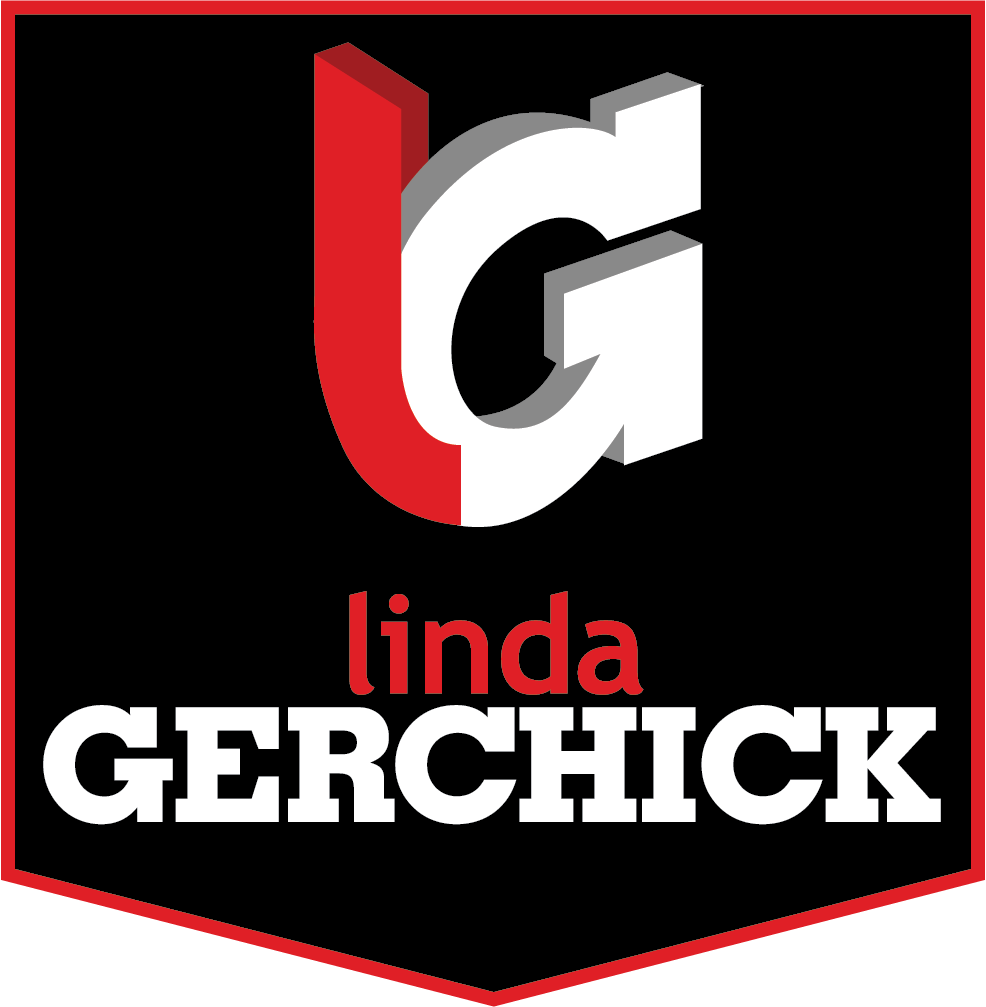


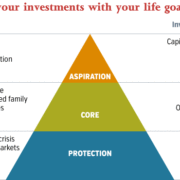
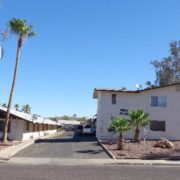
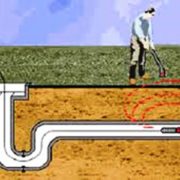
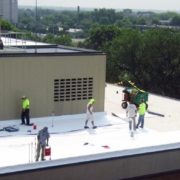






Leave a Reply
Want to join the discussion?Feel free to contribute!